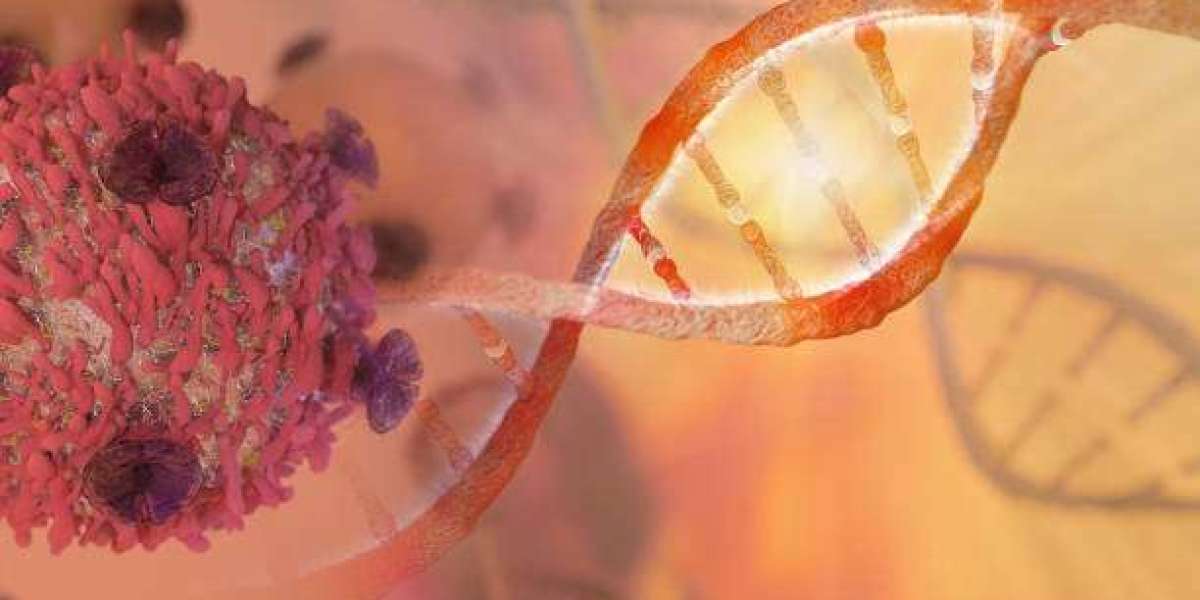Non-Hodgkin lymphoma (NHL) is a type of cancer that affects the lymphatic system. New medical advances have made the NHL better. Lymphoma treatment has changed from simple routines to modern ones that are carefully tailored to each patient and focus on them. In this blog from the Best Cancer Hospital in Hyderabad, we will be talking about the historical background, the current treatment, and the future possibilities of medical science, whose primary shield is against cancer.
The Past: Primitive Beginnings
Recently less than a couple of years ago, the lymphoma treatment landscape almost did not exist. The options were very limited; usually, it was hospitalization, X-rays, or low-effective chemotherapy medications that targeted the fast-developing cells and then had dramatic effects on the patient. These therapies differed from what we know today in that their specificity was not as precise as it is now, and they often led to severe damage to normal tissues and cancerous ones.
A large step forward was the emergence of combination chemotherapy regimens, which used different drugs, like CHOP (cyclophosphamide, doxorubicin, vincristine, and prednisone), as standard treatment for many lymphomas in the late 20th century. Such medications became indispensable in prolonging and improving life expectancy.
The Present: Precision and Personalization
Recently, treatment for lymphoma has come a long way due to rapid developments in the fields of Molecular Biology, Immunology, and Targeted therapies. Another significant breakthrough is the appearance of monoclonal antibodies such as rituximab, which work by targeting the proteins found on their cell membranes. This way, only lymphoma blood cells get targeted, allowing healthy tissue to be spared and reducing side effects.
A wide range of novel treatment modalities that were made possible by the advent of immunotherapy, like checkpoint inhibitors and electrolyte therapy, became available as treatment alternatives. Due to the immune system's experience with self-defense mechanisms, these treatments became strong enough biochemically. Patients who are taking cantillation and already have a relapsed illness or those who will be in their relapse stage can obtain this result.
Nevertheless, the cancer age not only empowered a lot of genetic mutations and biological markers causing cancer cell growth, but this era also assisted in the development of the tools to construct personalized treatments. This will lead to fewer treatments that, possibly, will be detrimental to cancer cells. B-cell receptor signaling therapy is applied for mantle cell lymphoma treatment as BCL-2 inhibition is used for follicular lymphoma.
The Future: Promising Horizons
In the future, the lymphoma treatment headway will have further advancements toward better outcomes. The scientists are investigating novel approaches, which may include molecularly targeted, personalized, and combinatorial therapies. These therapies would be aimed at saving more lives and minimizing toxic side effects.
Amongst the areas of great interest is the development of customized treatment through which the patient's cancer is generated by their particular genetic profile. Through employing novel capacities in genomics and microscopic profiling, medical practitioners desire to design drugs customized to each individual patient, which increases the chances of the effectiveness of the medications and decreases the risk of drug-induced adverse effects.
In addition to that, the activity of researchers in the domain of tumor microenvironment and immune evasion mechanisms trying to find more specific targets for intervention will allow for further progress in immunotherapies and combinatorial approaches.
Furthermore, both therapeutic and non-therapeutic improvements are prioritized in this approach. While the former includes improving drug effectiveness and fighting cancer with fewer adverse effects, the latter is to develop support and survivorship programs, which are a thorough approach in the healthcare team.
Conclusion
Among the most remarkable milestones in the transformation of lymphoma care from then to now is the advancement in the understanding of the causes of the disease and in the development of precision therapies that contribute to a better prognosis and quality of life for patients.
While we look towards the future with the help of the doctors from the best cancer hospital in India, the prospects of further progress are optimistic, as linear studies and innovations are highly likely to bring forth a new age of individualized precision medicine in the lymphoma fight. Successful precision medicine in Cardiovascular diseases, which is based on collaboration between the scientific community and clinicians together with patients, can bring the prayers of patients to reality.











